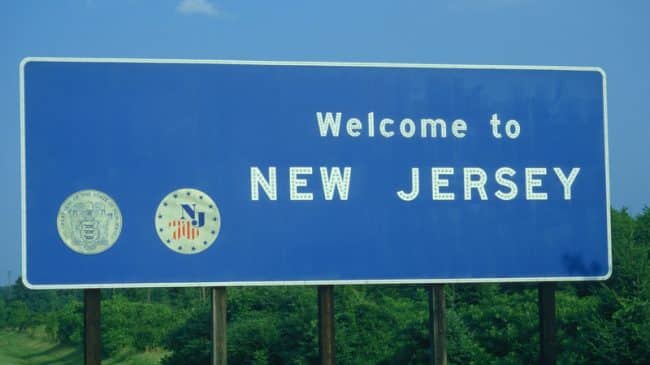It’s no secret that New Jersey’s government worker pension systems are a looming fiscal disaster. What may not be clear to taxpayers at this point is that unless meaningful reforms are enacted to rein in the problem, spending on pensions will increasingly poach funds from other government services.
In effect, spending on government services like K-12 education, policing and higher education will be crowded out by the costs of benefits for a workforce that is no longer working.
The New Jersey Supreme Court recently ruled that the Christie administration’s $1.6 billion cut to the state’s required annual pension contribution for 2015 fiscal year to help balance the budget was legal. Unions had challenged the cuts as a violation of the state’s 2011 pension reform law requiring increased annual pension contributions after years of underfunding.
While the administration may be breathing a sigh of relief that it won’t have to restore those cuts given the state’s empty coffers, the ruling simply leaves more pension debts to be paid by future taxpayers.
Worse, pension costs are set to skyrocket regardless. In its February report, the New Jersey Pension and Health Benefit Study Commission found that current required pension costs total $3.73 billion annually, and the state treasurer estimates that those costs are set to rise to almost $6 billion annually in the coming years.
It’s important to understand that the state is in this predicament because its leaders systematically underfunded pensions going back at least a decade, in part because they preferred to spend the money on other state services. In fact, the vast majority of the state’s current annual pension costs are dedicated to paying down the massive $83 billion unfunded pension liability, which is effectively debt.
The irony is that by deciding to skimp on pensions to pay for other services in the past, officials basically guaranteed that the reverse would happen in the future. The pension debts are going to have to be paid, and pension costs are likely to rise-and current services suffer-as a result.
The consequences will be felt in communities throughout the state. As more of our tax dollars are spent on paying out pensions, life in New Jersey will become grim. The Garden State will look more like bankrupt cities such as Detroit.
Cities will receive less in state aid, resulting in children attending schools that are in disrepair, with fewer teachers and less and less extracurricular activities. Funds for firefighting and policing will be cut. Volunteer firefighters might not get reimbursed for their training expenses. Therefore, fewer will be able to afford to volunteer.
The coffers of our EMS training fund are often empty now given existing budgetary pressures. With local governments also struggling to pay their bills while operating under a 2 percent property tax cap, many do not have the resources to hire EMS workers, nor do they have the money necessary to train volunteers. Fewer available volunteer fire and EMS personnel literally could be the difference between life and death.
Frankly, it is scary to think what will happen as we deplete the resources of those who keep us safe.
Meanwhile, the basic services we have come to expect in our local communities will also suffer. Higher pension payouts will not only make it harder for local governments to retain and hire police, but to maintain parks and recreation areas. Core functions such as road maintenance, garbage collection and snow removal may also have to be scaled back to cope with the crisis. These are the types of services which add to the vibrancy of our communities and also preserve property values.
The future does not have to be as bleak as it looks today, but it will require policymakers to unite in pursuit of a strategy to immediately stop digging the hole deeper by shifting all new workers into more sustainable retirement plans, like the 401(k)-style plan proposed by the Study Commission. It would also require the state to commit to consistently plowing the future savings created by converting to a less generous retirement system back into paying off the debt of the current system, which would help alleviate some of the impact on state services.
This may seem like a tall order, but there’s no other choice. The status quo is unsustainable, and the financial reality is non-negotiable. The choice for policymakers is simple: fix the pension system now, or watch quality of life suffer as ever more dollars are siphoned off to a broken pension system.
Leonard Gilroy is director of government reform at Reason Foundation. Erica Klemens is state director of the Americans for Prosperity-New Jersey. This article originally appeared in the Star-Ledger.

